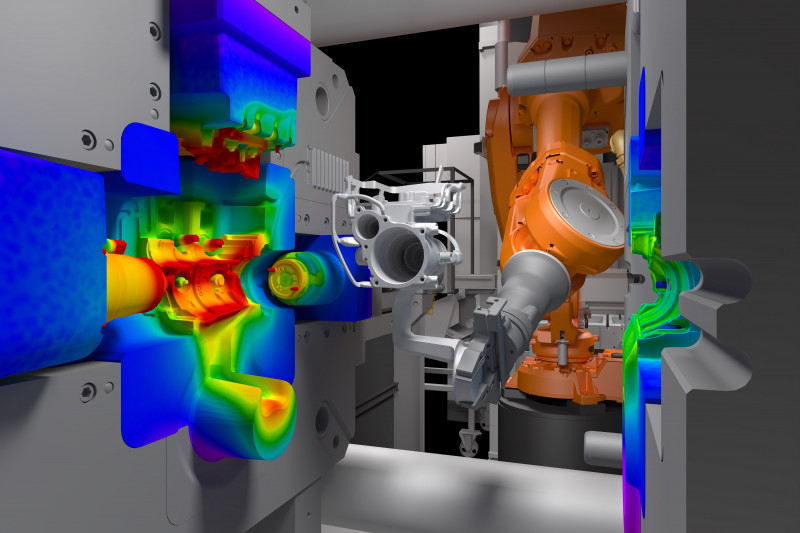Introduction:
Die casting is a widely used manufacturing process in which molten metal is poured into a mold cavity under high pressure. It is known for its ability to produce complex shapes with high dimensional accuracy and smooth surface finishes. However, to achieve optimal results, die casting design guidelines must be followed. In this article, we will discuss various factors that should be considered in die casting design to optimize the manufacturing process.
1. Material Selection:
The choice of material plays a crucial role in die casting design. Aluminum, zinc, and magnesium are commonly used metals due to their excellent casting properties. Aluminum offers high strength and good thermal conductivity, making it suitable for various applications. Zinc is preferred for its low melting point, high ductility, and corrosion resistance. Magnesium provides high strength-to-weight ratio, making it ideal for lightweight components.
2. Wall Thickness:
Maintaining uniform wall thickness is essential to ensure proper flow of molten metal and prevent defects like porosity and shrinkage. As a general guideline, the minimum wall thickness should be at least 0.5mm for aluminum and 0.8mm for zinc. Variation in wall thickness should be minimized to avoid differential cooling rates and potential warpage.
3. Corner Radii:
Sharp corners should be avoided in die casting design as they can lead to stress concentration and reduced strength in the final part. Incorporating generous corner radii (typically 1-2 times the wall thickness) helps distribute stress and improves the overall strength of the component.
4. Draft Angles:
Draft angles are necessary to facilitate easy ejection of the part from the mold. A minimum draft angle of 1-2 degrees is recommended for die casting. However, the actual draft angle may vary depending on the complexity of the part geometry and the type of die casting machine being used.
5. Ribs and Bosses:
Ribs and bosses are commonly used to enhance the structural integrity of die cast parts. Ribs should be designed with a height no greater than three times the wall thickness to prevent potential sink marks and porosity. Bosses should have sufficient draft angles and radii to ensure proper filling and ejection.
6. Gate Design:
The gate is the channel through which molten metal enters the mold cavity. Proper gate design is crucial for achieving uniform filling and minimizing defects. The location and size of the gate should be carefully determined to promote smooth metal flow and minimize turbulence. Typically, a fan-shaped gate design is preferred, as it allows for balanced flow and reduces the risk of air entrapment.

7. Parting Line Placement:
The parting line is the line where the two halves of the die meet. Its placement should be carefully considered to minimize the appearance of parting line flash and ensure uniform wall thickness. Ideally, the parting line should be placed along non-critical surfaces or areas that require minimal post-processing.
Conclusion:
Die casting design guidelines are essential for optimizing the manufacturing process and ensuring the production of high-quality castings. By considering factors such as material selection, wall thickness, corner radii, draft angles, ribs and bosses, gate design, and parting line placement, designers can achieve optimal results in terms of part quality, dimensional accuracy, and production efficiency. Adhering to these guidelines will ultimately lead to cost-effective and successful die casting operations.
-

- Parti UAV tixomolding in lega di magnesio pressofusione C
-

- Coperchio dell'alloggiamento del computer portatile C
-

- Telaio faro per ricambi auto pressofuso in lega di magnesio
-

- Telaio per mountain bike Magensium
-

- Cornice per display a LED in pressofusione di lega di magnesio
-

- Componenti di alta precisione in magnesio thixomolding Copertura UAV

 0086-750-5616188
0086-750-5616188 +86 13392089688
+86 13392089688 sales@zhongmei-tech.com
sales@zhongmei-tech.com






